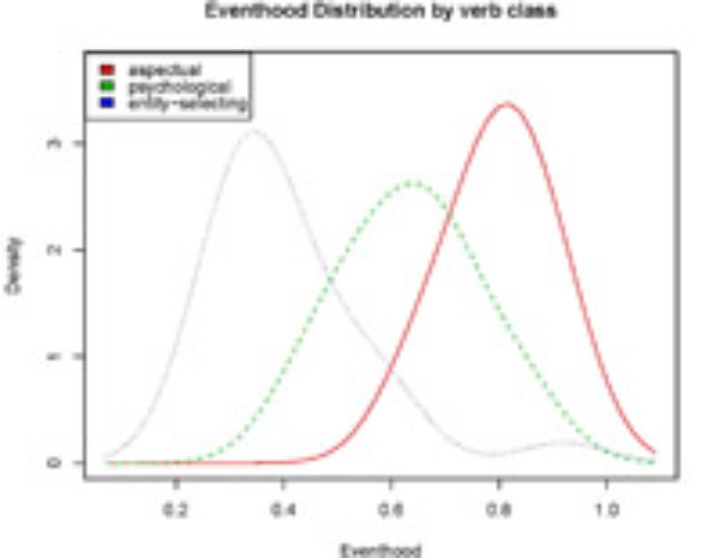Field of Work
At the interface between linguistics and computer science, Prof. Sebastian Padó focuses on describing the meaning of linguistic units such as words, phrases and sentences. While human beings understand these units against the background of universal knowledge, text to a computer is simply a sequence of abstract symbols. For this reason, Prof. Padó’s group collects information in large quantities of text (corpora) on how words are used that help the computer acquire an approximate understanding of the meaning of words and documents and draw conclusions from them. The applications range from supporting humanities research through to keyword sorting and intelligent search, where for example the search does not focus solely on a certain term such as ‘car’ but also related words such as ‘automobile’ or ‘banger’, through to automated answering of question (like IBM's Watson system) and automatic translation.

Personal Information
Computer linguist Prof. Sebastian Padó was born in Stuttgart in 1978. After gaining a degree and doctorate at Saarland University and spending a postdoc phase at Stanford in 2009 and 2010, he was already appointed to a junior professorship at University of Stuttgart. In 2010 he was invited to take on a full professorship at the University of Heidelberg, but he returned to the University of Stuttgart in 2013 as the chair holder at the Institute for Natural Language Processing, where he now runs the Theoretical Computer Linguistics Group. Padó is also a project manager in connection with the German Research Foundation’s SFB 732: here his focus areas include the interpretation of incomplete statements.

